
Kaveri Books

154 books
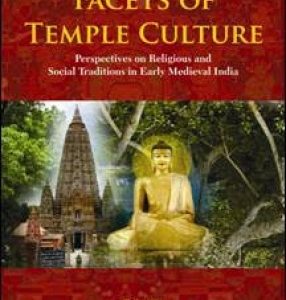
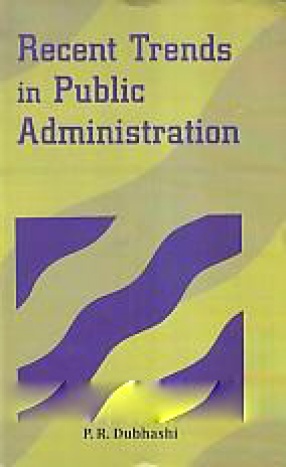


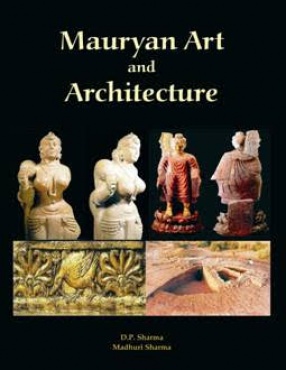
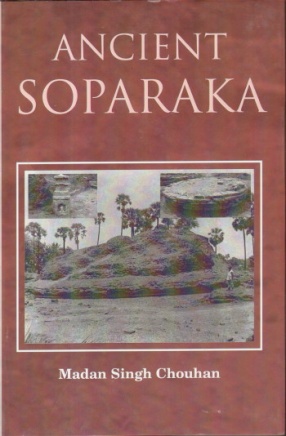
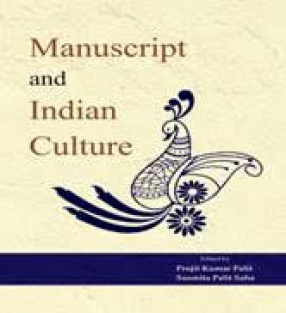
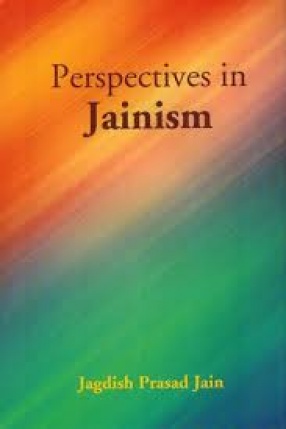
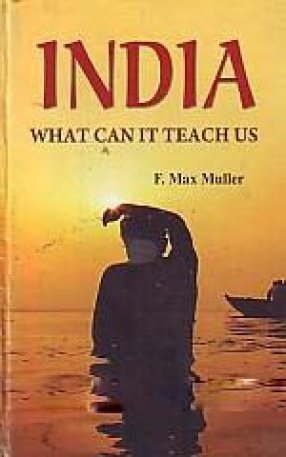
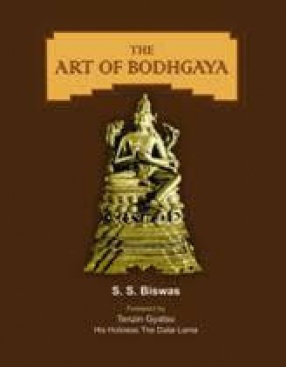
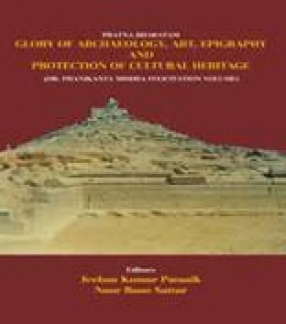
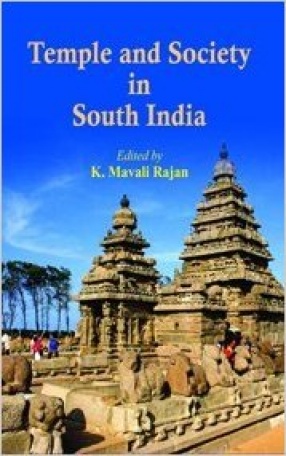


The new context of globalisation marked by rapid communication and information has irrevocably changed inter-state relations. Distances are no longer prohibitive and knowledge of states and their societies is not restricted to their immediate neighbourhoods. New contacts are established and old ones intensify. This volume is a collection of ten papers looking at the small smart achieving states of the Nordic region. India has long established relation with these ...

This book consists of twenty three research papers; afford a welcome enlargement of the scope of the religious, social and architectural discourse, which dealt with the some of the important issues like order of hierarchy in the realm of religions, religious patronage and reciprocity, temple-society interface, facets of temple culture and Buddhism and its cultural phase and other issues of the early medieval India.
The importance of the publication of this book ...


Tantrism along with Tantric literature, holds a very important place among ancient Indian literature, philosophy and culture. This book is a general study that travels through Tantrasastra, Tantric literature and Indian Tantric cults. The common man still beholds Tantra through the veil of secrecy and mystery. This work is a sincere attempt to reveal to the layman, Tantrasastra and its exhaustive literature. Written in a simple and lucid style, this book makes a ...
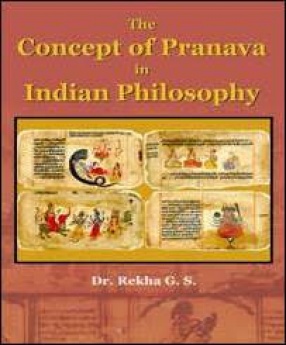
Pranava or AUM is an important hymn discussed by most of the Indian philosophical schools. While other schools describe this as either a symbol of God or a path of self realisation, Tantra Sastra interprets Pranava as 'sabdabrahman'. It elaborates from the state of sound formation to self realization. Even though there were earlier studies dealt with this particular subject, this study focuses on how these interpretations differ in its own way. It elaborates on ...

The Vitthala temple is one of the biggest and best examples of true typical Vijayanagara style of 15th century A.D., situated on the southern bank of Tungabhadra River in the Vitthalapura at Hampi, Hospet taluk, Bellary district in Northern Karnataka. Hampi is now a small village, once played an important role as the capital of Vijayanagara Empire, who ruled from 1336 to 1565 A.D., and shifted their capital from Hampi to Chandragiri and Penugunda in Andhra ...

Mauryan Art (c. 321-185 B.C.) is the formative stage of early Indian Art and its roots are present in Harappan Art (c. 2700-2000 B.C.) of north-western part of South Asia. A few motifs of the Mauryan art, like the back-to-back Lions, Bull, Linga & Arghya, Trisula, Nandipada, Lotus, Srivatsa, Kalash, Chiti (Ratha chiti), monolithic polished pillar and rock-cut architecture are found in the lower tradition of Harappan art which were developed into higher ...

The present Nalasopara which in the ancient times was the core part of Soparaka is rich in the antiquarian remains in the form of stupa, votive stupa, inscription, relic casket, pottery, sculptures and other antiquities and remains of temples whereas its surroundings regions, also the integral part of Soparaka, are found with numbers of caves. These caves are tracered with chaityagrihas, cells, sculptures, water cistern and inscriptions assigning the date from ...
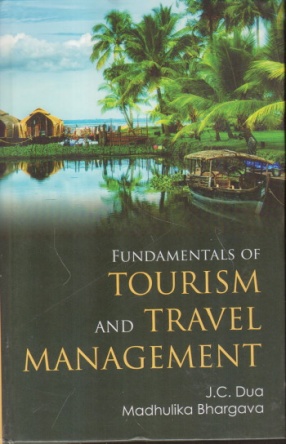
Tourism is a socio-economic phenomenon comprising of activities and experiences of tourists and visitors away from their home environment, serviced by the travel and tourism industry and host destinations. Tourism serves to identify the visitors as a person who satisfies their needs during the travel and stay outside their residence by consuming tourism goods.

India has the largest collection of manuscripts in the world. Millions of manuscripts are lying in libraries, museums and private collections in all over India. All are the valuable sources of knowledge especially of ancient Indian history and culture. Various type of scripts have been used for writing the manuscripts which are - Devanagari, Tiglari, Sarada, Telugu, Kannada, Malayalam, Grantha, Tamil, Nandinagari, old Newari, Persian and Arabic etc.
In the ...

This book is an attempt to explore multidimensional nature of Indian foreign policy at the beginning of Twenty First century. The primary purpose of independent India’s foreign policy was to help enable the domestic transformation of India from a poor and backward society into one which could offer her people their basic needs and an opportunity to achieve their potential. Nehru delineated the role that foreign policy could play in achieving this, by ...

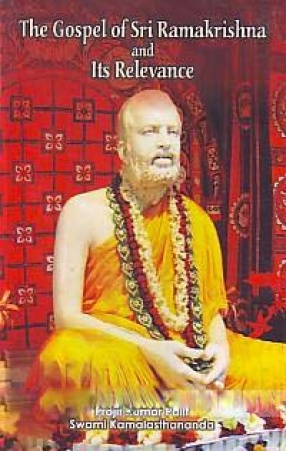

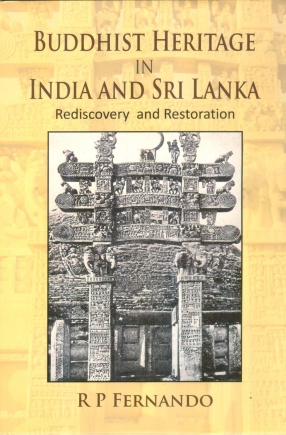
Though large numbers of tourists and pilgrims visit the Buddhist sites in India and the ancient cities in Sri Lanka today, few are aware that, before the arrival of the British, the locations of the Indian sites were mostly unknown. The Sri Lankan historical cities had been abandoned and overrun by jungle. The story of how, firstly, amateur British Orientalists and then the colonial authorities rediscovered and restored these sites is a remarkable one and is the ...
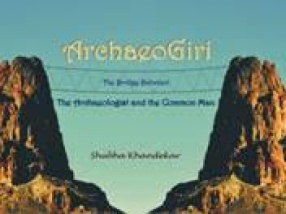
ArchaeoGiri is the first ever attempt at turning India's vast archaeological wealth into human voices through cartoons. It captures moments from the hoary past the way no textbook does. Come, say hello to a Neolithic woman, a Harappan seafarer, Aryan toddlers and a few stray charlatans too!

Bodhgaya is one of the four important religious sites (Lumbini, Bodhgaya, Sarnath and Kusinagar) of pilgrimage for the Buddhists. Of the four sites connected with the life of Buddha, Bodhgaya occupies a place of pre-eminence for it was here that Sakyamuni Gautama attained enlightenment and became ‘Buddha’ – the awakened one. The event of Buddha’s enlightenment at Bodhgaya inspired artistic creative urge among the artists for generations ...
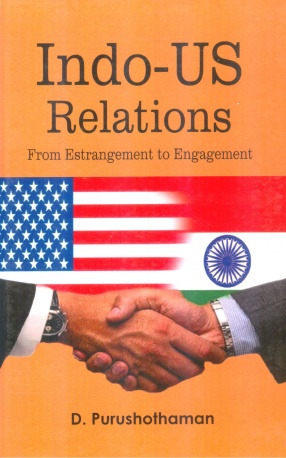
India and the US, the two greatest and populour democracies of the world, have had so many ups and downs during the period of Cold War mainly because of their different strategic perspectives. India's refusal to be a blind camp follower of America in the name of containing communism irritated the US policy makers and forces them to shift their attention toward Pakistan. Consequently as rightly pointed out by many scholars in the field of Indo-US relations ...
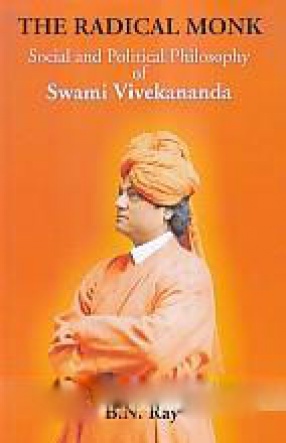
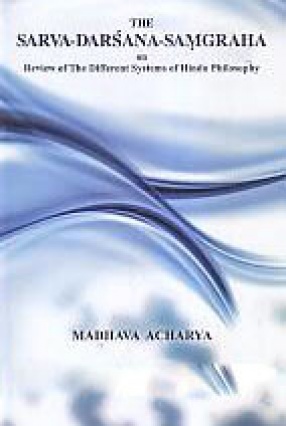

The book is a collection of research papers in honour of Dr. Phanikanta Mishra, Regional Director (East) and Competent Authority of Heritage by-laws in the Archaeological Survey of India, Kolkata. The papers included are the outcome of researches on archaeological explorations and excavations, art, architecture, epigraphy, conservation and heritage management from some of his close friends and learned scholars who acknowledge him as an eminent archaeologist of ...

The study of western Indian Buddhist caves has always been concerned with the chronology of the caves based on the political chronology of ruling dynasties. The present work is an attempt to a broader concern with the visuality and its pattern of architectural and decorative designs such as how a particular pattern of articulation was evolved? How did the artisans work in the society with the available tradition/skill and what was the role and politics of ...

The temple is the focus for all aspects of everyday life in the Hindu community-religious, cultural, educational and social. It played many roles in society as place of worship, centre of learning, store house of state property, meeting place, court of justice, promoter of fine arts, etc. The temple also served as an agency for easier and more efficient extraction of surplus from the peasants in the agrarian economy and this contributed to the extension of ...

The work "Tibetan Studies: Past and Present" is a collection of eighteen research papers contributed by famous Indo-Tibetologists of present age. This volume include articles on Literature, Philosophy, Language, Medicine and history of Tibetan Studies in India. This volume is bound to be an asset for those who are interested in this field.
